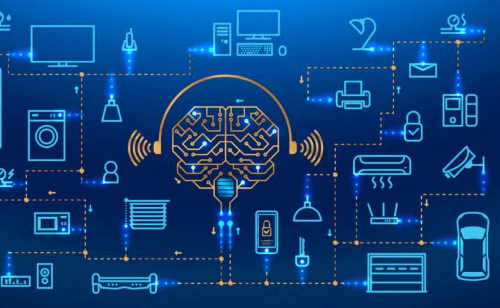How Biometric Authentication Is Enhancing Digital Security
Biometric authentication is transforming digital security by utilizing distinctive biological traits for user verification. This method significantly reduces the likelihood of unauthorized access while simplifying user interactions through the elimination of traditional passwords. As technology evolves, the integration of advanced artificial intelligence and machine learning into biometric systems enhances their efficacy. However, despite these advancements, questions remain regarding their vulnerabilities and future implications for privacy and security.
The Advantages of Biometric Authentication
Biometric authentication presents a formidable advancement in the realm of digital security, leveraging unique physiological characteristics for user identification.
Its primary advantages include enhanced accuracy through fingerprint recognition and facial scanning, which significantly reduce the risk of unauthorized access.
Additionally, the inherent uniqueness of biometric traits fosters user convenience, eliminating the need for passwords, while simultaneously ensuring a robust protective barrier against identity theft in a digital landscape.
See also: How Big Data Is Transforming the Business World
How Biometric Systems Work
Advancements in biometric authentication rely on sophisticated systems that analyze distinct physiological traits for user verification.
Techniques such as fingerprint recognition capture unique patterns of ridges and valleys, while facial recognition utilizes algorithms to map facial features.
These systems convert biometric data into digital templates, enabling secure comparison against stored profiles, ensuring accurate identification and enhancing overall security in digital transactions.
The Future of Biometric Security Solutions
As technology continues to evolve, the landscape of biometric security solutions is poised for significant transformation.
Future trends indicate a shift towards more sophisticated, multi-modal systems capable of addressing emerging security challenges.
Innovations in artificial intelligence and machine learning are expected to enhance accuracy and speed, while decentralized approaches will empower users, promoting privacy and autonomy in the management of their biometric data.
Conclusion
In conclusion, biometric authentication serves as a digital fortress, safeguarding sensitive information with the strength of unique physiological traits. As technology evolves, these systems are not merely tools but rather intricate locks that adapt and respond to the complexities of identity verification. By reducing reliance on traditional passwords and enhancing user experience, biometric methods are poised to redefine security landscapes, fostering a climate of trust that encourages the adoption of innovative authentication solutions in an increasingly digital world.







